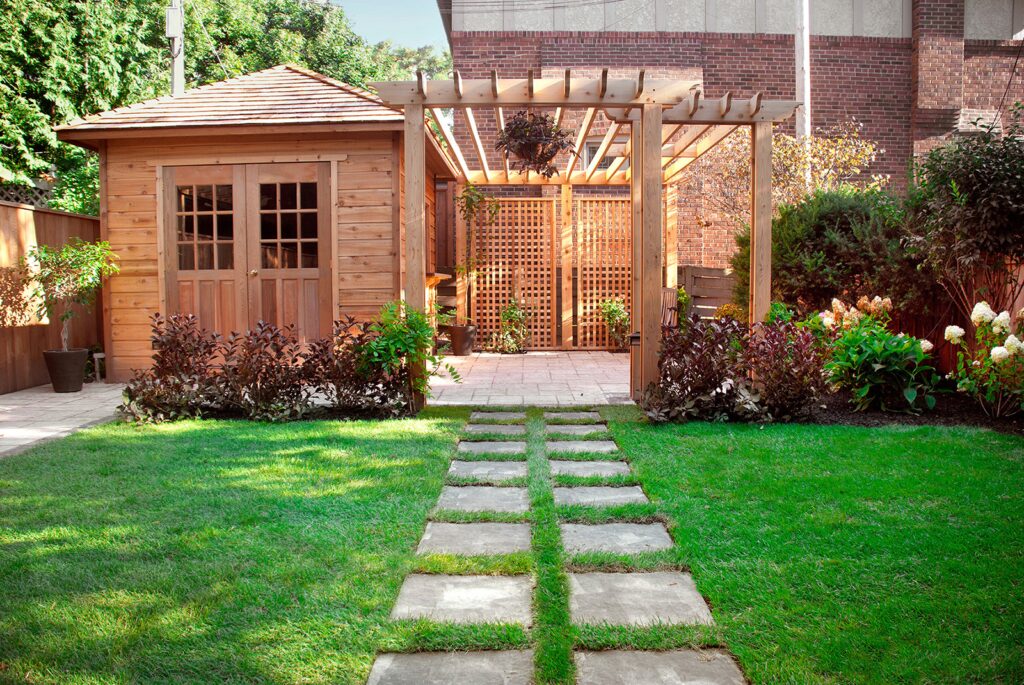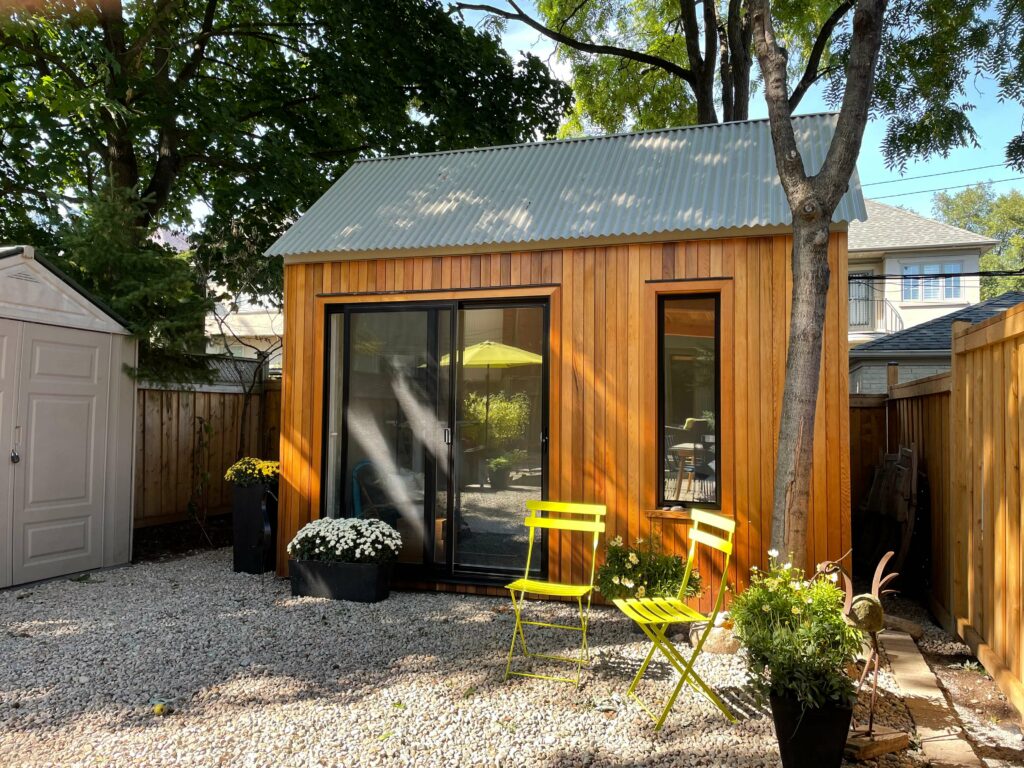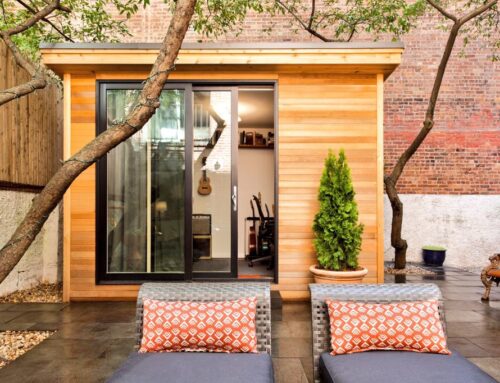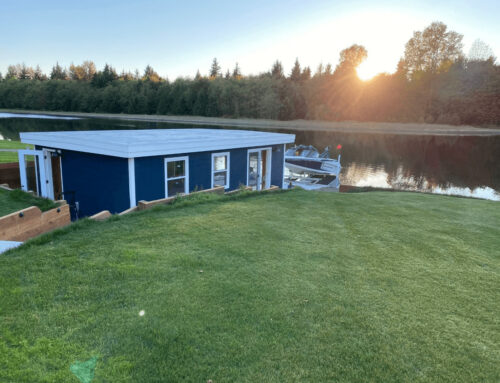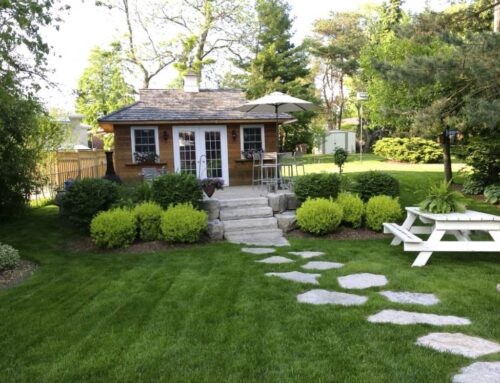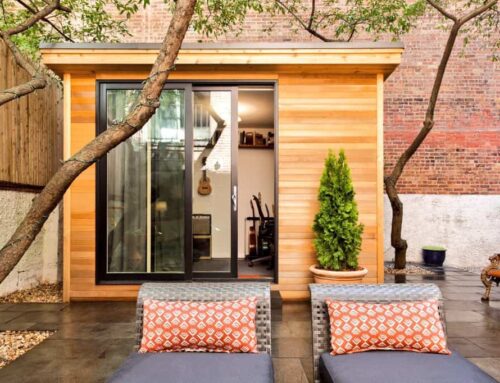Accessory dwelling units (ADUs) and junior accessory dwelling units (JADUs), also known as granny flats, in-law units or guest houses, have become increasingly popular over the past few years. Here’s why:
- Rental or passive income
- Increased property value
- Affordable construction options
- Flexible living arrangements
During 2023, the state of California has continued to pass new ADU laws making it easier for home owners to build accessory dwelling units on their property. Due to these new laws, ADU construction has popped up all over the state. Since 2022, ADUs comprised roughly one in seven homes in California. Here are a few laws and regulations that have been in effect since January 2023:
ADU law updates
In California, both AB 68 and AB 881 bills removed a lot of the restrictions from local agencies and added rules that favour homeowners across the state. We made a list of the most important changes so you know what to expect when building your ADU.
Additional units on your property
Before these changes were in place, homeowners could only have one ADU per single-family lot. Thanks to AB 68, municipalities can now approve:
- One ADU (attached or detached) up to 1200 square feet and one JADU up to 500 square feet
- Multiple ADUs (attached) to existing multi-family homes or two detached ADUs
No longer required to live in your ADU or JADU
Previously, if you built an ADU, there was a requirement to occupy that space. Now, you no longer have to live in the primary residence or the ADU itself. This regulation change helps landlords and investors build ADUs on their investment properties to provide more living opportunities and passive income.
ADU size and lot requirement updates
Under the new laws, California no longer allows municipalities to set limitations for minimum lot size, floor area ratio, ADU lot coverage and more.
Less impact fees
Impact fees are a type of fee imposed by local agencies that pay for the costs of local services. This includes electricity, plumbing, sewer and more to a new development or project.
Under the new regulations, ADUs that are up to 750 feet are exempt from paying impact fees. For larger ADU projects, the fees are calculated based on the square footage of the ADU and the primary residence.
Shorter ADU permit approval times
Local agencies are now required to approve or deny ADU permit applications within a 60 day timeframe after receiving it. Originally, it was double the amount of time. This allows homeowners and builders to get started sooner.
Updated ADU parking requirements
With the addition of these new laws, you may be exempt from specific ADU parking requirements. These include the following:
- ADUs location within a half-mile of pubic transit or within a block of a car share vehicle
- ADUs close to an architecturally or historically important structure or district
- ADUs that are attached to the main residence or other ADU structure
- Where on-street parking permits are required, but not officially offered for ADU occupants
If you live in an ADU but don’t meet these requirements, make sure you don’t exceed one parking space per unit or bedroom. This can be as tandem parking on a driveway but guest parking can’t be required in any other circumstances.
Senate Bill 9 (also known as SB9)
One of the most important laws that went into effect in 2022 is Bill 9. This bill consists of two important sections:
- Two-unit development: this allows California residents and homeowners to build two units on their property that is only zoned for one unit
- Urban lot split: single-family lots can be split into two separate parcels on your property
This means you can build up to four units on your lot which was originally meant for one. One thing to keep in mind is SB9 units are technically different from ADUs. They’re considered independent dwelling units, not a secondary residence to the main home.
HOA restrictions on longer apply
After many bills were enacted in 2019 and 2020, Homeowner Associations can no longer prohibit the construction of ADUs and JADUs – this also includes renting and leasing ADUs on lots for single-family residential use.
So, if you are having issues with your local HOA, you can contact the HCD for guidance on how to move past the issue.
ADU financial aid options
One of the main goals with financial aid options is to incentivize people to build ADUs. HCD created a list of grants and other incentives that will help the development of ADUs.
Upcoming ADU laws and regulations
Although there are positive updates and laws for those wanting to build ADUs, there are still municipalities that aren’t ADU friendly. A lot of homeowners have had challenges getting permits or can’t build their ADUs due to jurisdiction development standards.
Here are two bills to watch for in the next few months (if you’re considering building an ADU or JADU):
SB 897
- Height increase to 18ft for detached and 25ft for attached ADUs
- Allow retroactive permits for ADUs built before 2018
AB 2221
- Streamline permits by setting up timeframes for local agencies
- Detached ADUs can now include an attached garage
- Add front setbacks to the requirements that local agencies aren’t allowed to establish
Before you begin your ADU journey, make sure to stay on top of the new regulations and bills associated with ADU and JADUs. They can help save you time and money in the long run. Give us a call and get started on your ADU project today!
